Chemical tank trucks play a vital role in the transportation of hazardous materials across various industries. These specialized vehicles are designed to transport chemicals safely and efficiently, but they also pose significant risks if not operated with strict adherence to safety measures. Ensuring the safe transportation of chemicals is crucial to protect both the drivers and the surrounding communities. In this article, we will explore the essential safety measures that are necessary for chemical tank trucks.
- Rigorous Inspection and Maintenance: Regular inspection and maintenance of chemical tank trucks are essential to ensure their safe operation. Truck operators must conduct thorough inspections of all critical components, including the tank, valves, fittings, and safety devices. Any signs of wear, corrosion, or damage should be immediately addressed, and defective parts must be replaced promptly. Routine maintenance should include checks on the braking system, tires, lights, and emergency equipment to ensure they are in optimal working condition.
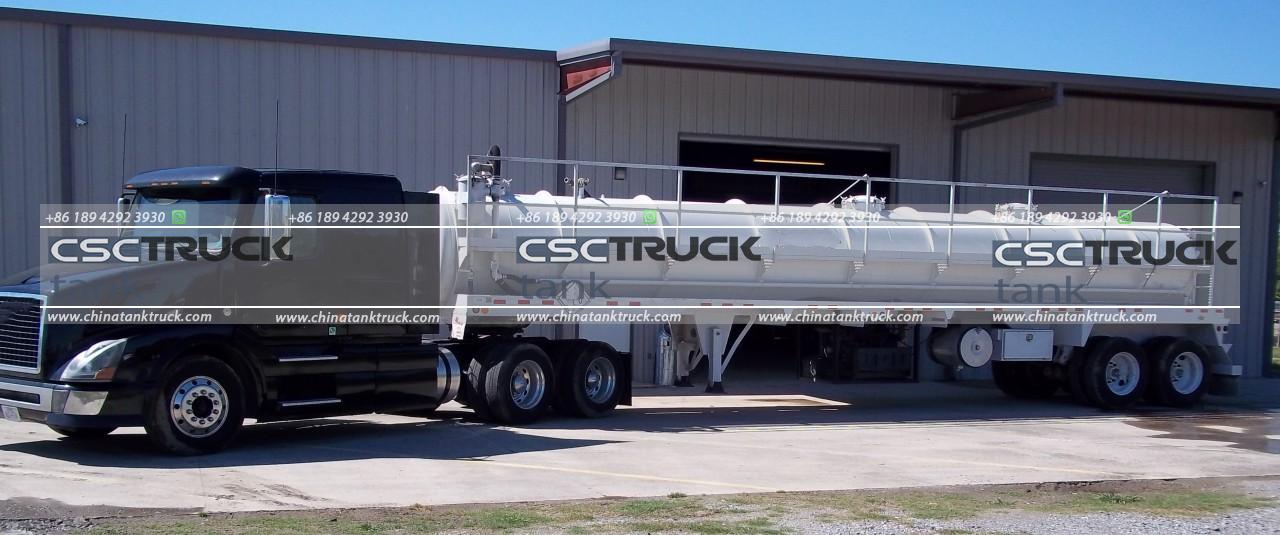
- Proper Loading and Unloading Procedures: Loading and unloading chemicals into/from tank trucks require meticulous attention to prevent spills, leaks, or contamination. Drivers should receive specialized training on proper handling procedures, including the use of appropriate personal protective equipment (PPE), such as gloves, goggles, and respirators. Furthermore, loading and unloading areas should be equipped with secondary containment systems, emergency shut-off valves, and spill response equipment to mitigate any potential accidents effectively.
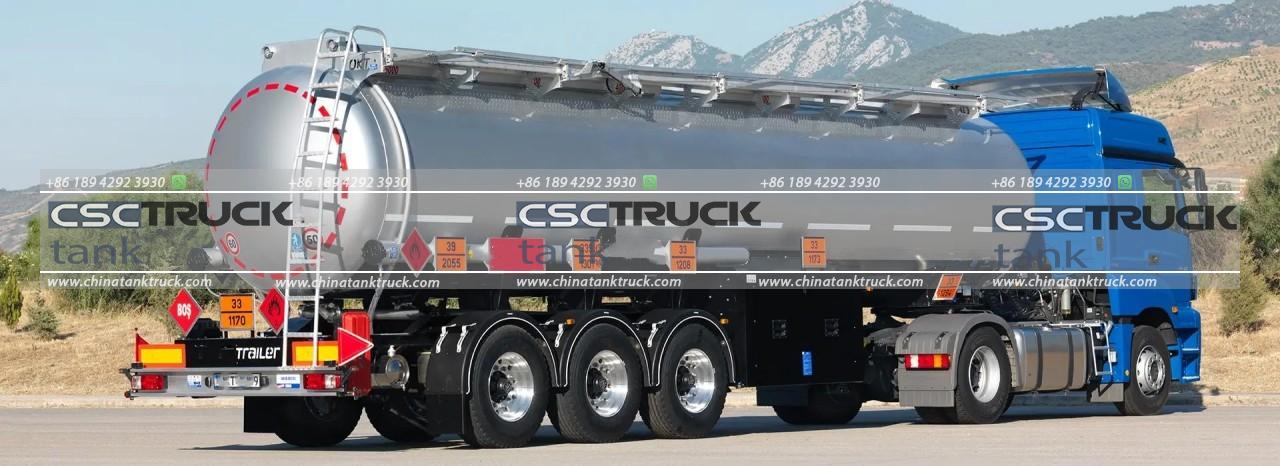
- Adequate Ventilation Systems: Chemical tank trucks often carry hazardous substances that can emit harmful vapors or gases. Proper ventilation systems are crucial to minimize the risks associated with these substances. Tank trucks should be equipped with ventilation mechanisms that ensure the removal of toxic fumes from the cargo area during transportation. This prevents the buildup of dangerous gases, reduces the risk of fire or explosion, and protects the driver and the environment.
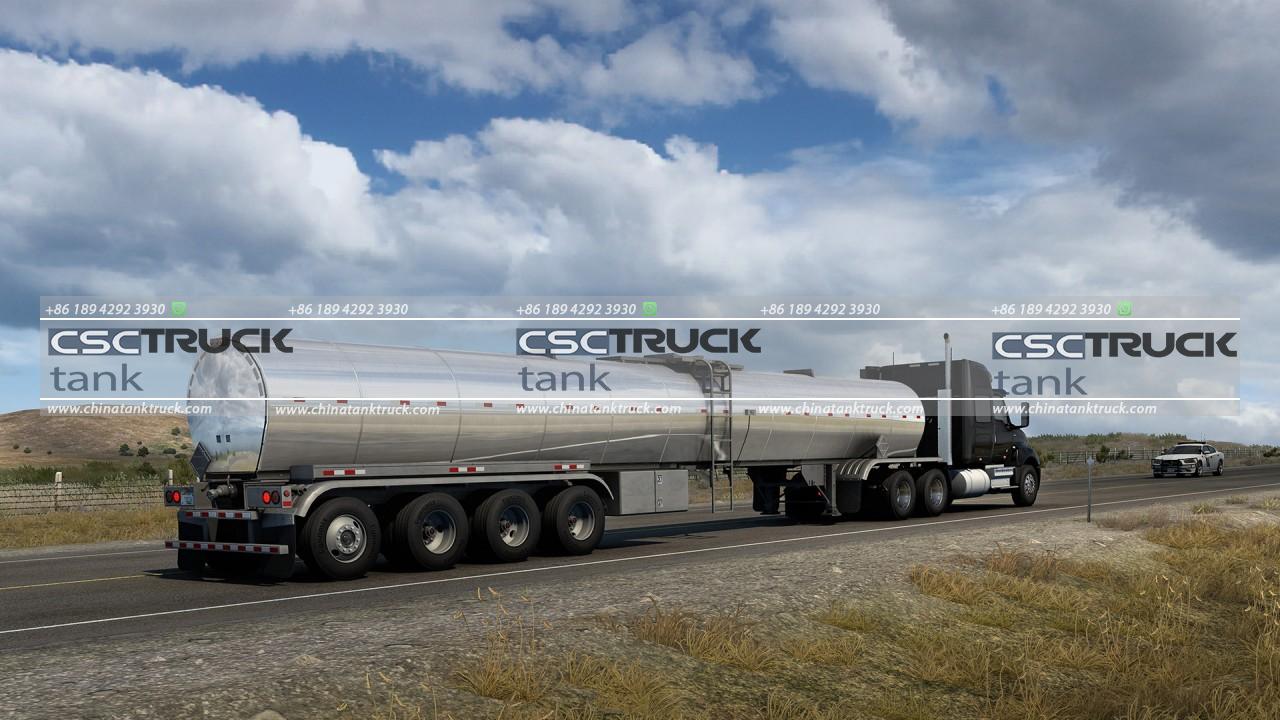
- Comprehensive Training Programs: Drivers of chemical tank trucks should undergo comprehensive training programs to educate them about the specific hazards associated with transporting chemicals. Training should cover topics such as proper handling techniques, emergency response procedures, and the use of safety equipment. Drivers must also be trained to recognize potential warning signs of leaks or spills and know how to respond promptly and appropriately.
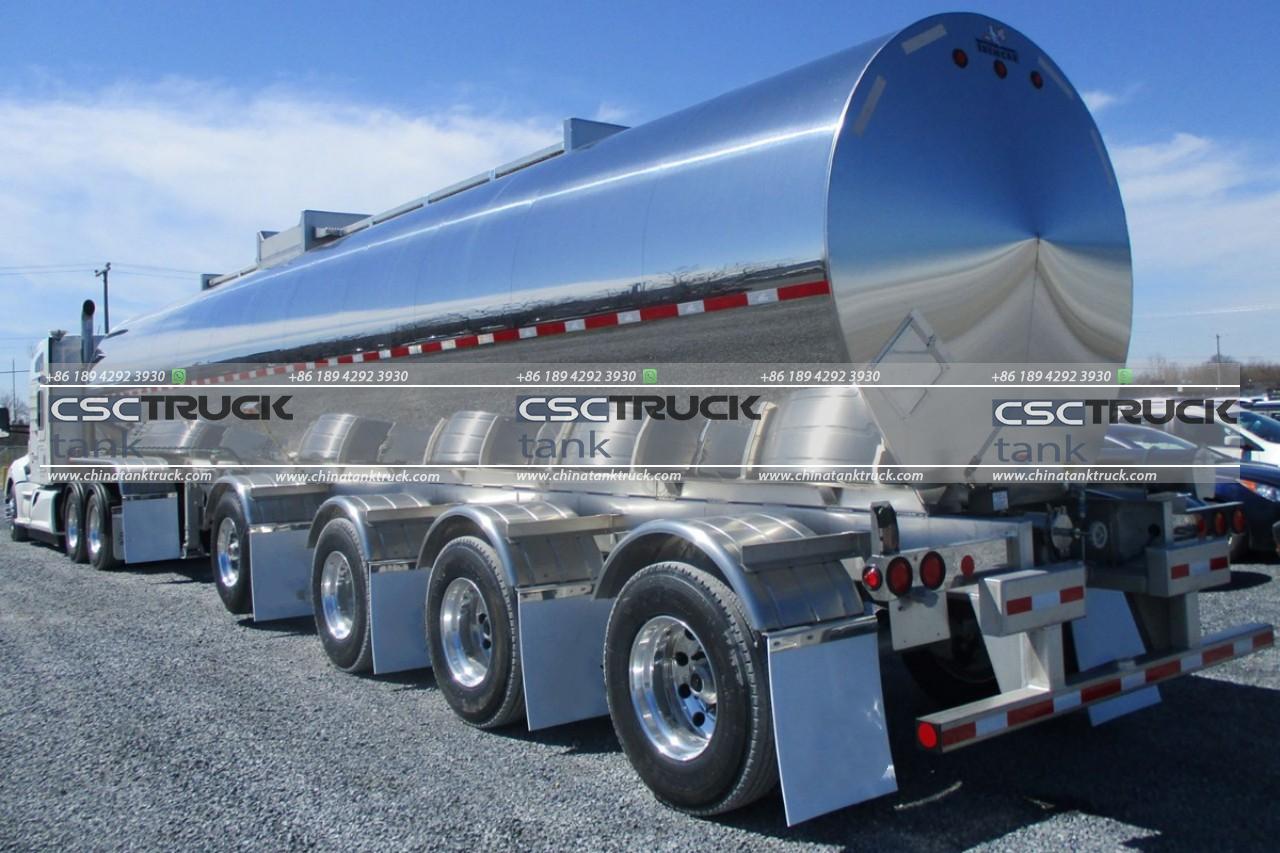
- Emergency Response Preparedness: Chemical spills or accidents can occur even with the strictest adherence to safety measures. Therefore, chemical tank trucks should be equipped with emergency response kits, including absorbent materials, spill containment booms, fire extinguishers, and first aid supplies. Additionally, drivers must be trained in emergency response protocols to effectively handle unforeseen situations and minimize the impact of accidents.
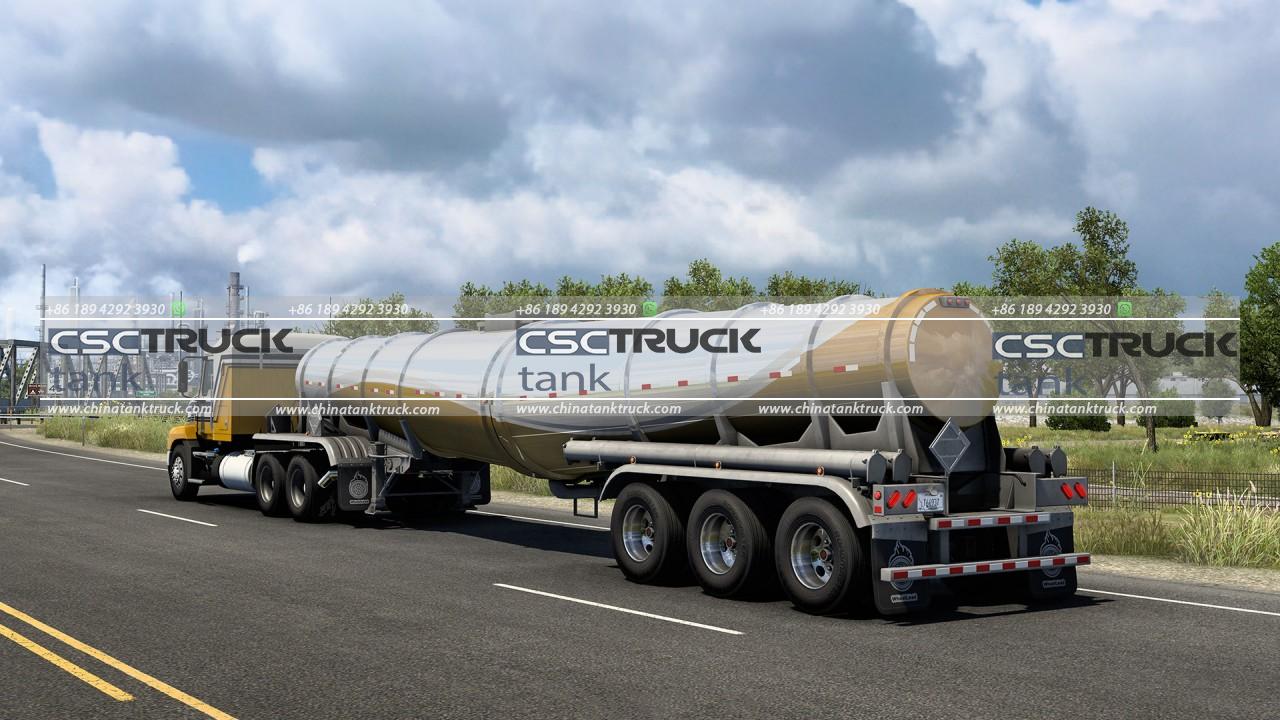
- Communication and Documentation: Maintaining effective communication and proper documentation is crucial for the safe operation of chemical tank trucks. Drivers should be in constant communication with the dispatch center, providing updates on their location, status, and any potential issues. Proper documentation of the transported chemicals, including safety data sheets, is essential to ensure compliance with regulations and facilitate prompt response in case of emergencies.
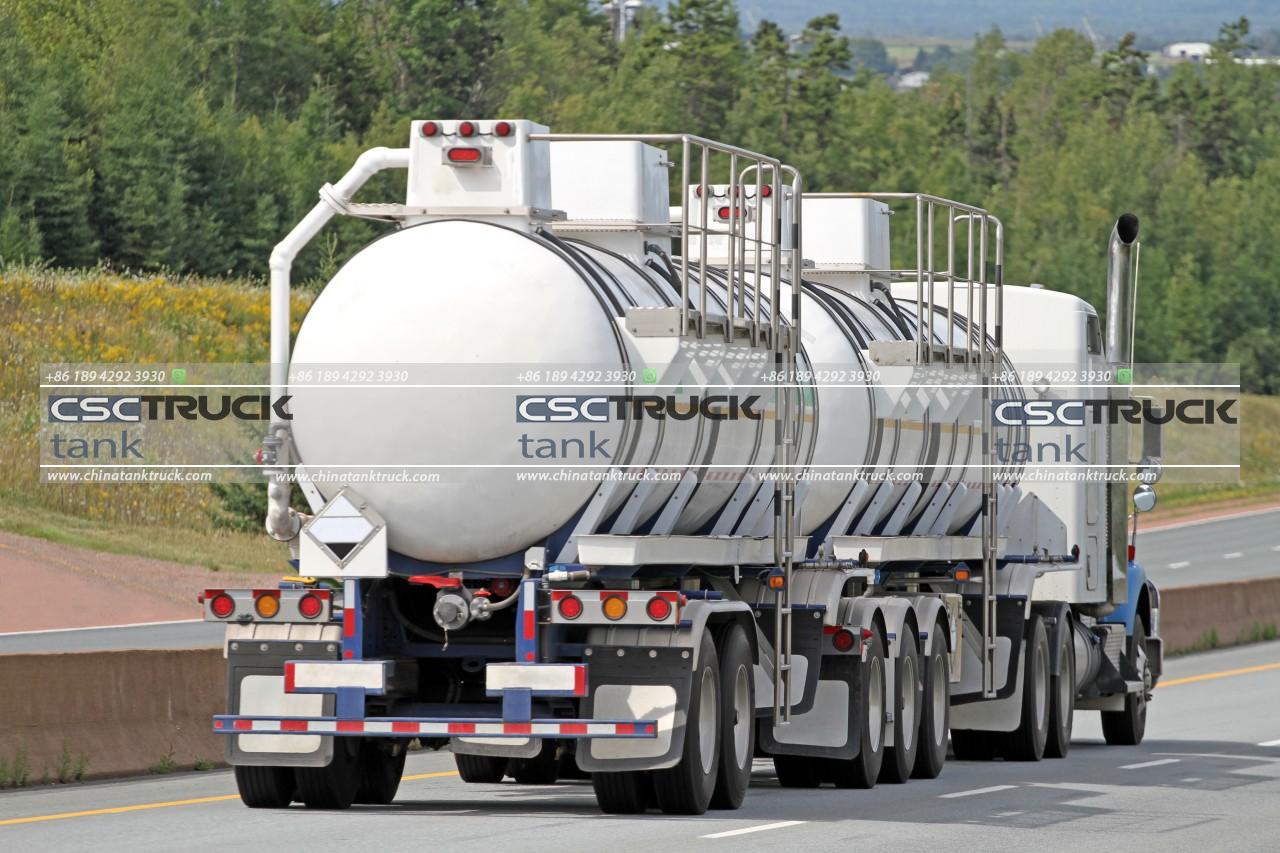
- Compliance with Regulations: Chemical tank truck operators must adhere to a multitude of regulations and guidelines set forth by local, regional, and national authorities. These regulations cover various aspects, including vehicle specifications, driver qualifications, cargo handling, emergency response, and environmental protection. Compliance with these regulations is not only a legal requirement but also a crucial step in ensuring the safety of the drivers, the cargo, and the communities through which the trucks pass.
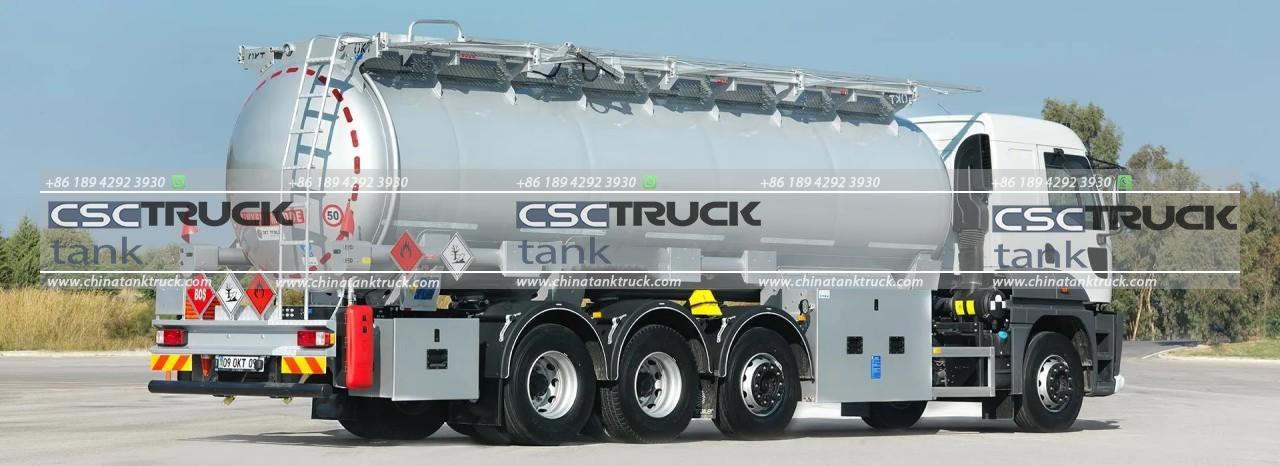
- Risk Assessment and Route Planning: Before embarking on a journey, drivers and dispatchers should conduct a thorough risk assessment and plan the safest route possible. This assessment involves identifying potential hazards, such as road conditions, congested areas, and proximity to sensitive locations like schools or residential areas. By carefully planning the route, drivers can minimize the exposure to potential risks and avoid situations that could lead to accidents or spills. Utilizing advanced technologies, such as GPS navigation systems and real-time traffic updates, can further enhance route planning and help drivers make informed decisions to avoid high-risk areas.
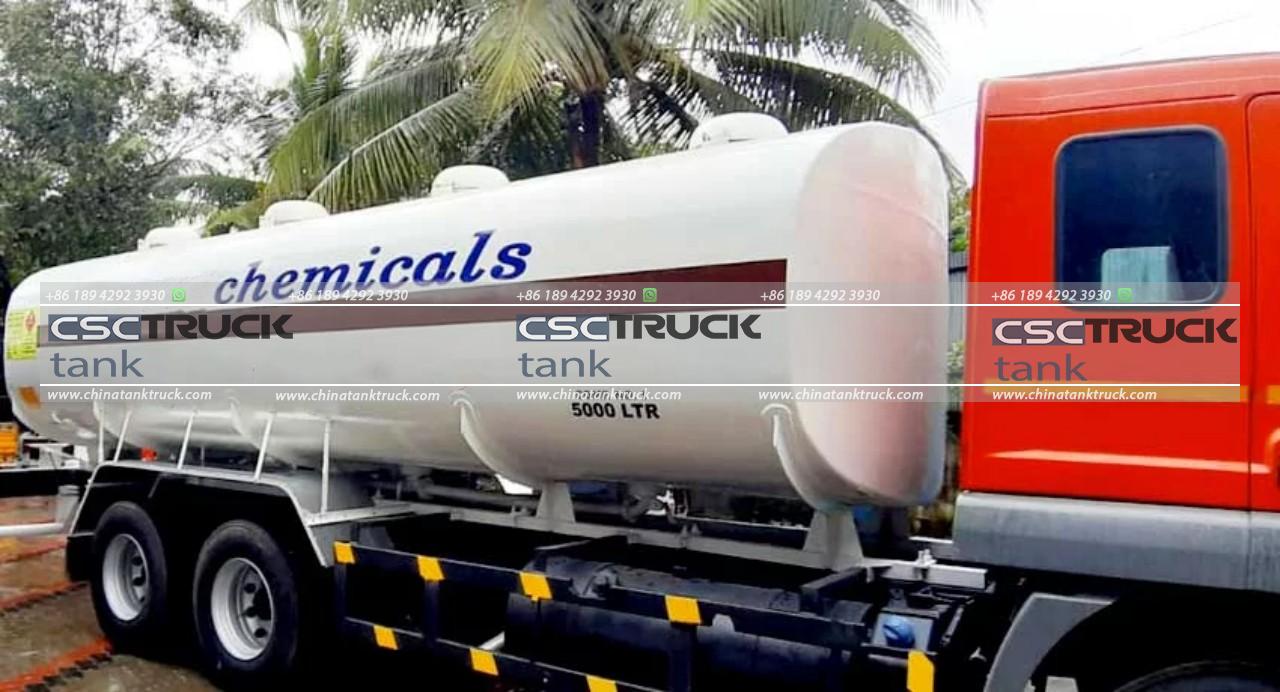
- Security Measures: Chemical tank trucks may be potential targets for theft or sabotage due to the value of the cargo they carry. Implementing adequate security measures is crucial to safeguard the drivers, the cargo, and the public. This may include utilizing tracking devices and surveillance systems, conducting background checks on employees, and establishing protocols for secure parking and overnight stays. By prioritizing security, the risk of unauthorized access to the vehicle or tampering with the cargo can be significantly reduced.
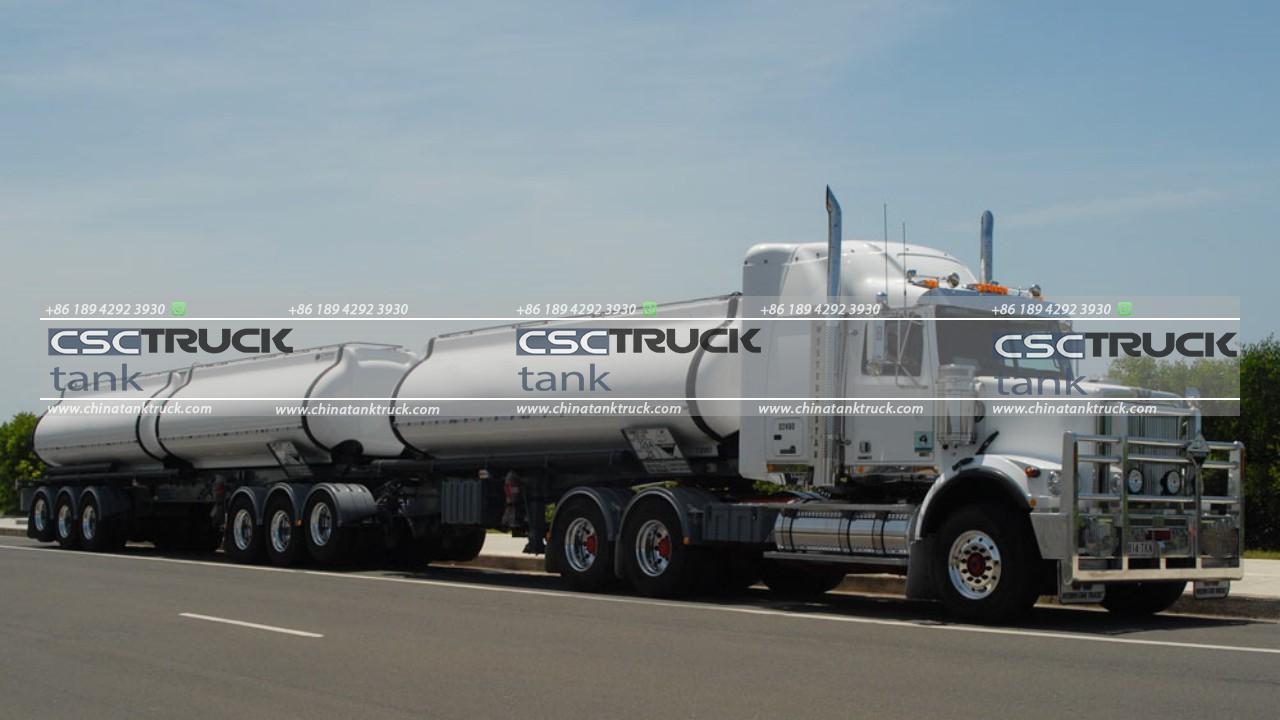
- Collaboration and Industry Standards: The safe transportation of chemicals requires collaboration among various stakeholders, including trucking companies, chemical manufacturers, regulatory bodies, and emergency responders. Industry organizations and associations need to establish and promote best practices, standards, and guidelines for the safe operation of chemical tank trucks. Sharing knowledge and experiences within the industry can contribute to continuous improvement in safety measures and help prevent accidents.
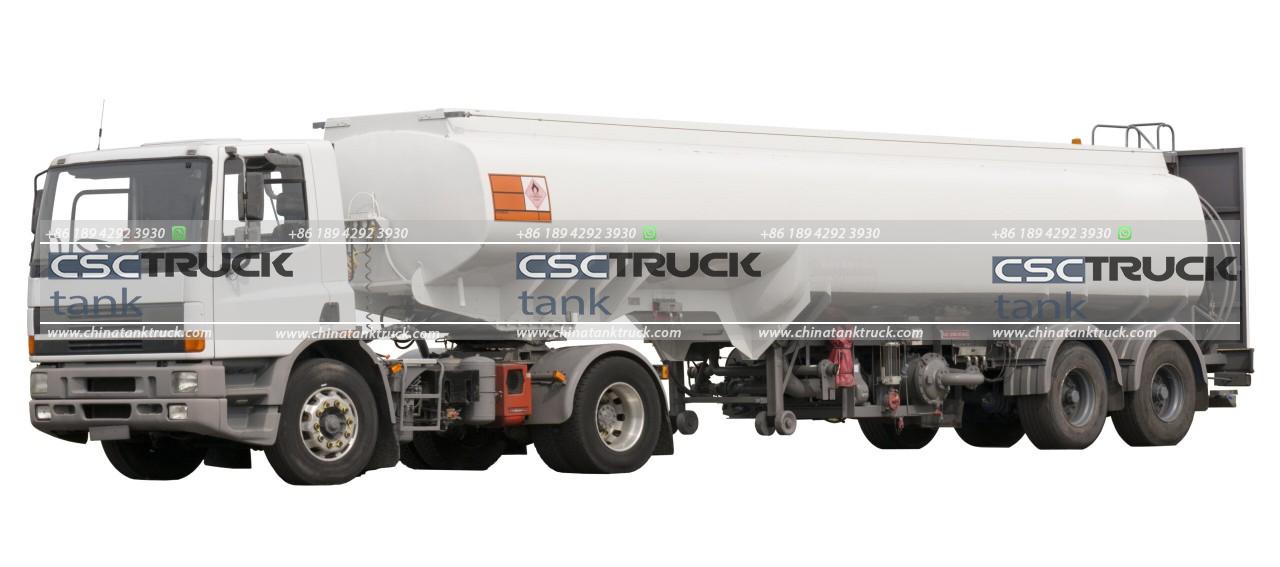
In conclusion, chemical tank trucks play a vital role in transporting hazardous materials, but ensuring their safe operation is of utmost importance. Adhering to strict safety measures is essential to protect the drivers, the cargo, and the communities they pass through. Rigorous inspection and maintenance, proper loading and unloading procedures, ventilation systems, comprehensive training programs, emergency response preparedness, communication, compliance with regulations, risk assessment and route planning, security measures, and collaboration within the industry are all critical components of a robust safety framework for chemical tank trucks. By prioritizing safety and implementing these measures, we can minimize the risks associated with transporting chemicals and promote the well-being of everyone involved in the process.

